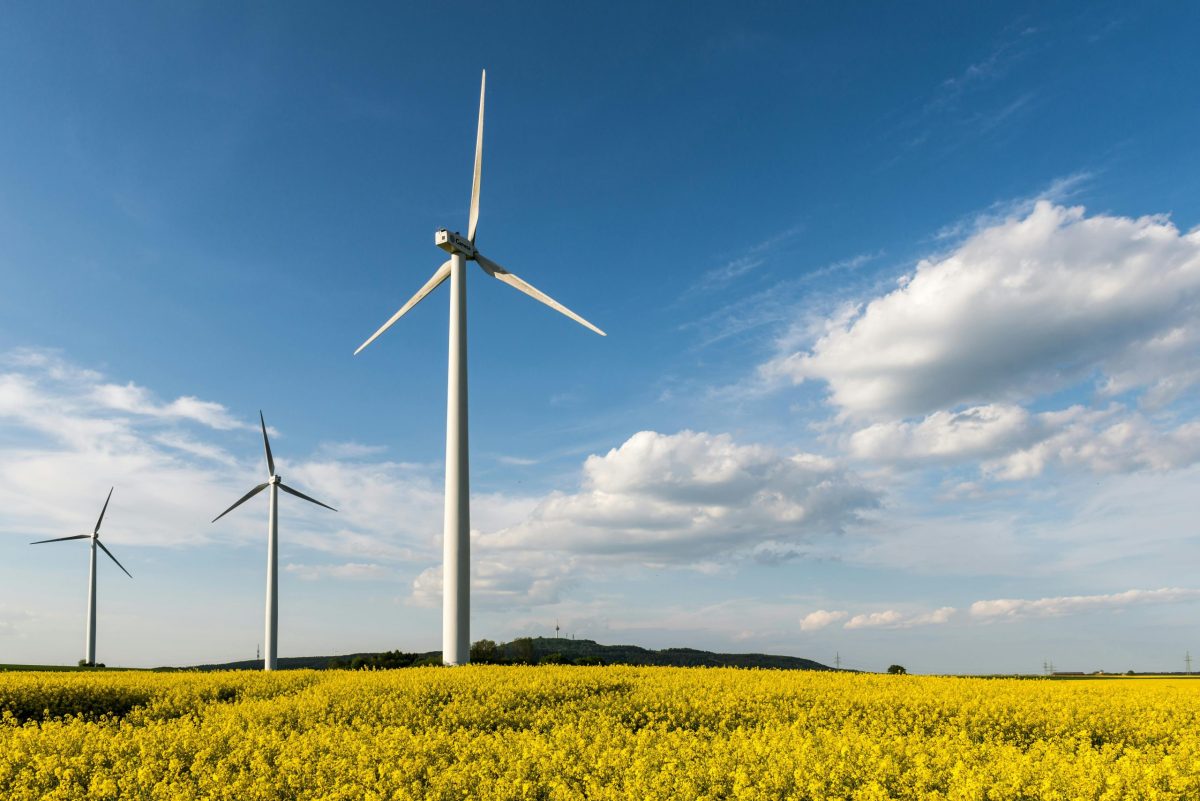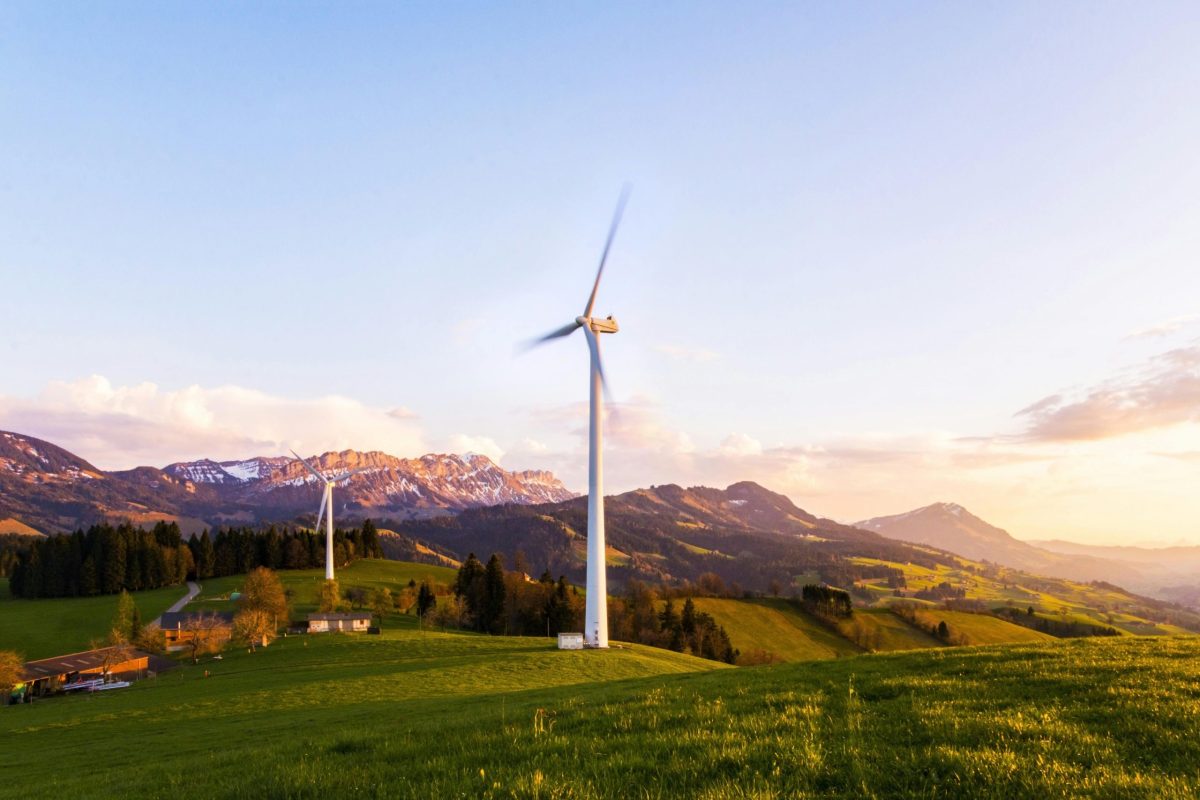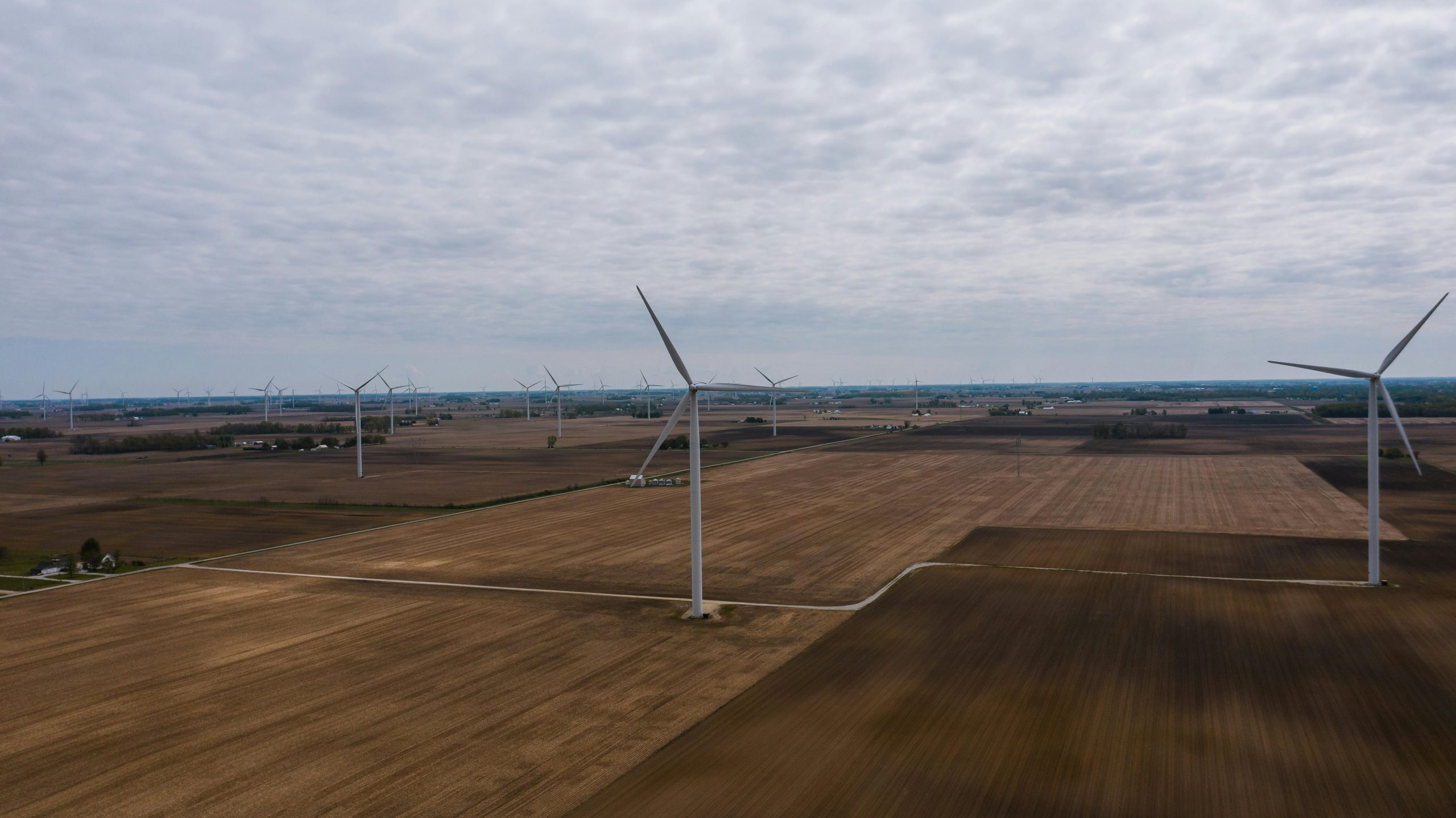Introduction to Renewable Energy in Australia

Australia’s energy landscape is undergoing a transformative shift, moving away from traditional fossil fuels towards a more sustainable and eco-friendly future. The country is rich in renewable resources, making it a prime location for investments in solar, wind, hydro, and bioenergy. This transition is not just about environmental stewardship; it’s a strategic economic move.
The Shift Towards Renewable Energy
With vast expanses of land and high solar irradiance, Australia is a global leader in solar energy production. Wind energy is also on the rise, with numerous farms dotting the coastline and inland areas. Hydro and bioenergy sources complement this renewable portfolio, offering diverse options for clean energy production. This variety ensures a robust and resilient energy sector.
Government Policies and Incentives
The Australian government is keenly aware of the potential that renewable energy holds. Various policies and incentives are in place to encourage investment in this sector. These include financial subsidies, tax incentives, and research grants, designed to lower the barrier for entry and make renewable energy projects more attractive to investors. The goal is clear: to make Australia a world leader in renewable energy.
Investing in renewable energy in Australia presents a unique opportunity. The combination of natural resources, government support, and a growing demand for clean energy creates a fertile ground for investments. As the world moves towards a more sustainable future, the Australian renewable energy sector stands out as a beacon of innovation and opportunity.
The Economic Landscape of Renewable Energy Investment

Delving into the economic dynamics, the cost trends of renewable energy in Australia are on a promising decline, making it increasingly competitive against traditional energy investments. Financial incentives, including subsidies and tax breaks, further sweeten the deal, enticing a broader spectrum of investors. This financial landscape is not just about immediate returns; it’s a long-term play towards sustainability and economic resilience. The contrast with traditional energy investments is stark. While fossil fuels have been the backbone of the economy, their environmental and economic costs are becoming untenable. Renewable energy, on the other hand, offers a pathway to not only reduce greenhouse gas emissions but also stabilize energy prices in the face of volatile global markets.
- Job Creation: The renewable sector is a burgeoning field of opportunity. From construction to maintenance, the industry is poised to create thousands of jobs, driving economic growth.
- Economic Growth: Beyond job creation, the ripple effects through the economy are profound. Local communities benefit, supply chains are bolstered, and technological innovation is spurred.
- Global Leadership: By capitalizing on its natural advantages and policy frameworks, Australia positions itself as a global leader in renewable energy, attracting international investment and partnerships.
The narrative is clear: investing in renewable energy is not just an environmental imperative but a strategic economic opportunity. With the right blend of policies, incentives, and market dynamics, Australia is setting the stage for a future where renewable energy is not just viable but vital for economic prosperity and sustainability.
Opportunities in the Australian Renewable Energy Sector

Australia’s renewable energy sector is ripe with opportunities, spanning from the well-established to the cutting-edge. Solar energy, both through rooftop installations and expansive solar farms, harnesses the country’s abundant sunshine. Wind energy, too, is on an upward trajectory, with onshore and offshore projects capturing the powerful coastal and inland breezes. But the horizon is broader still. Emerging technologies like battery storage, hydrogen fuel, and wave energy are gaining traction, promising to revolutionise how we store, generate, and think about renewable power. These advancements are not just technical; they represent significant investment opportunities in infrastructure and technology. The landscape is diverse, offering avenues for various scales of investment, from small-scale local projects to large, international ventures.
- Solar Energy: A cornerstone of Australia’s renewable push, offering both residential and commercial investment prospects.
- Wind Energy: With its vast coastlines and open plains, Australia is perfectly positioned for both onshore and offshore wind projects.
- Emerging Technologies: Battery storage, hydrogen fuel, and wave energy are at the frontier, ready for exploration and investment.
- Infrastructure and Technology: The backbone of the renewable sector, where investment can drive innovation and efficiency.
The Australian renewable energy sector is a beacon for investors, shining brightly with potential. It’s a field where innovation meets opportunity, and where the future of energy is being shaped today. The time to act, to invest, and to lead is now. This is more than an investment in energy; it’s an investment in the future.
Challenges Facing Renewable Energy Investments

Investing in renewable energy is a journey fraught with challenges, yet it is undeniably the path forward. Among the hurdles, regulatory and policy frameworks often present a complex landscape to navigate. These legal structures are crucial for ensuring fair practices and environmental protection but can sometimes slow the pace of innovation and investment. Furthermore, integrating renewable energy into the existing grid poses its own set of challenges. The infrastructure, designed for traditional energy sources, requires significant upgrades to accommodate the variable nature of renewables like solar and wind. This integration is essential for a seamless transition towards a greener future.
- Regulatory and Policy Hurdles: Navigating the intricate web of regulations demands expertise and patience, making it a formidable barrier to entry.
- Grid Integration and Infrastructure Challenges: Upgrading the grid and its infrastructure is a monumental task, essential for the efficient distribution of renewable energy.
- Market Volatility and Pricing Issues: The renewable energy market is subject to fluctuations, influenced by policy changes, technological advancements, and global energy prices, adding a layer of uncertainty for investors.
- Environmental and Social Impact Considerations: While inherently cleaner, renewable energy projects still face scrutiny regarding their environmental footprint and social impact, requiring careful planning and community engagement.
Despite these challenges, the opportunities within the renewable energy sector are immense. By addressing these hurdles head-on, investors can not only contribute to a sustainable future but also reap the benefits of being at the forefront of the energy transition. The journey towards renewable energy is not without its obstacles, but the destination—a cleaner, more sustainable world—is undoubtedly worth the effort.
Navigating the Investment Process in Renewable Energy

Understanding the intricacies of government grants, subsidies, and tax incentives is pivotal. These financial mechanisms are designed to lower the entry barrier, making renewable energy projects more appealing. Identifying and assessing investment opportunities requires a keen eye. It’s about recognizing potential in emerging technologies and infrastructure projects. Risk management strategies are crucial, especially in the volatile realm of renewable energy. Diversification and thorough due diligence can mitigate potential setbacks, ensuring a more stable return on investment.
- Government Support: Financial incentives are a cornerstone, enticing investors with a more favourable economic landscape.
- Investment Opportunities: From solar farms to wind energy and beyond, the sector is brimming with potential for those ready to explore.
- Risk Management: A strategic approach to investment can shield against market volatility, securing long-term gains.
- Financing Tools: Green bonds and renewable energy certificates (RECs) play a vital role. They not only facilitate funding but also underscore a commitment to sustainability, attracting eco-conscious investors.
The renewable energy sector is a dynamic field, offering a blend of challenges and opportunities. With the right strategies, investors can navigate this landscape successfully, contributing to a sustainable future while also achieving economic gains. The role of green bonds and RECs, in particular, highlights the innovative approaches to financing that are becoming increasingly prevalent. These instruments not only provide the necessary capital but also offer investors a tangible connection to their impact on the environment. As the sector continues to evolve, the importance of understanding and leveraging these financial tools cannot be overstated. The journey towards renewable energy investment is complex, yet immensely rewarding, promising a greener, more sustainable future.
Navigating the Investment Process in Renewable Energy
Understanding the intricacies of the investment process is crucial for anyone looking to dive into the renewable energy sector. Government grants, subsidies, and tax incentives form the bedrock of financial support, making renewable projects more appealing. Identifying and assessing investment opportunities requires a keen eye for innovation and market trends, ensuring that investments are both sustainable and profitable. Risk management strategies are essential, considering the volatility of the renewable energy market and the technological advancements that could alter the landscape overnight. Furthermore, green bonds and renewable energy certificates (RECs) play a pivotal role in financing, offering investors a way to contribute to environmental sustainability while seeking returns. These financial instruments not only support the growth of renewable energy but also provide a tangible measure of the environmental impact of investments.
- Government Support: Grants, subsidies, and tax incentives lower the financial barriers to entry.
- Opportunity Assessment: A critical eye for market and technological trends ensures profitable investments.
- Risk Management: Essential strategies to navigate the sector’s volatility and innovation pace.
- Financing Instruments: Green bonds and RECs offer a dual benefit of investment returns and environmental impact.
Navigating the Investment Process in Renewable Energy
Understanding the intricacies of the investment process is crucial for anyone looking to dive into the renewable energy sector. Government grants, subsidies, and tax incentives form the bedrock of financial support, making renewable projects more appealing. Identifying and assessing investment opportunities requires a keen eye for innovation and market trends, ensuring that investments are both sustainable and profitable. Risk management strategies are essential, considering the volatility of the renewable energy market and the technological advancements that could alter the landscape overnight. Furthermore, green bonds and renewable energy certificates (RECs) play a pivotal role in financing, offering investors a way to contribute to environmental sustainability while seeking returns. These financial instruments not only support the growth of renewable energy but also provide a tangible measure of the environmental impact of investments.
- Government Support: Grants, subsidies, and tax incentives lower the financial barriers to entry.
- Opportunity Assessment: A critical eye for market and technological trends ensures profitable investments.
- Risk Management: Essential strategies to navigate the sector’s volatility and innovation pace.
- Financing Instruments: Green bonds and RECs offer a dual benefit of investment returns and environmental impact.
Navigating the Investment Process in Renewable Energy
Understanding the intricacies of the investment process is crucial for anyone looking to dive into the renewable energy sector. Government grants, subsidies, and tax incentives form the bedrock of financial support, making renewable projects more appealing. Identifying and assessing investment opportunities requires a keen eye for innovation and market trends, ensuring that investments are both sustainable and profitable. Risk management strategies are essential, considering the volatility of the renewable energy market and the technological advancements that could alter the landscape overnight. Furthermore, green bonds and renewable energy certificates (RECs) play a pivotal role in financing, offering investors a way to contribute to environmental sustainability while seeking returns. These financial instruments not only support the growth of renewable energy but also provide a tangible measure of the environmental impact of investments.
- Government Support: Grants, subsidies, and tax incentives lower the financial barriers to entry.
- Opportunity Assessment: A critical eye for market and technological trends ensures profitable investments.
- Risk Management: Essential strategies to navigate the sector’s volatility and innovation pace.
- Financing Instruments: Green bonds and RECs offer a dual benefit of investment returns and environmental impact.
In Closing
Renewable energy is Australia’s economic and environmental future. This sector offers a unique blend of sustainability and profitability, bridging the gap between ethical investment and financial growth. Through strategic investments in solar, wind, and emerging technologies, individuals can contribute to a greener planet while securing their economic interests. The Australian renewable energy landscape is ripe with opportunities for innovation, job creation, and leadership on the global stage. As we look forward, the call to action is clear: invest in renewable energy to drive a sustainable future, both environmentally and economically.

Ayesha Brueckner is your typical 24 year. Carrying a mountain of student debt. Looking at house prices and wondering if buying one will ever be possible. Looking for income solutions outside of a weekly wage. Join her on her investment and wealth research journey.

